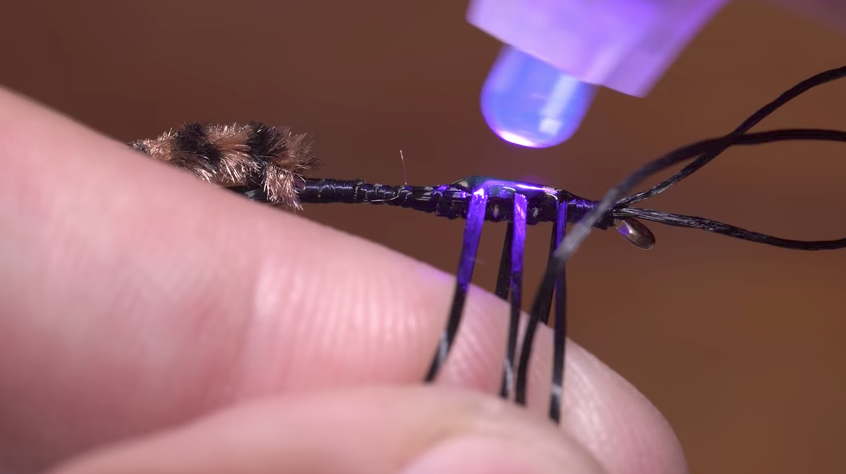I’m a recent convert to the use of ultra-violet cure resins in my fly tying. The first time I truly experimented with this technique was several years ago when I spent a week of evenings tying sardina patterns for roosters and jacks on the Baja. I figured, correctly so, that dragging flies through the surf and sand would likely tear them up faster than the fish would, and the hard-head finish on these baitfish flies would help keep them together.
These days, I almost always look for reasons to use the UV cure resins in my tying—I’ve been on a soft-hackle kick lately, and I’ve found that the resin makes flies virtually indestructible. But it’s more than that, as Tim Flagler points out in the video above. These versatile resins come in different viscosities, giving them several different uses, from actually helping form fly bodies to cementing in place some tricky ties.
Granted, they need to be used with a UV “torch,” an added expense. I justified the purchase, knowing that the flies I tied would last longer and not be so quickly torn up by fish or by the various obstacles we all face when casting to target species. So far, my instincts have proven true.
Finally, the UV cure resins increase the kinds of flies you can effectively tie at the vise, limiting those trips to the store to pick up a dozen here and there on the way to the river. Simply put, it gives you more choices.
If you haven’t tried it yet, think about it. I bet you’ll be a convert, too.
— Chris Hunt



